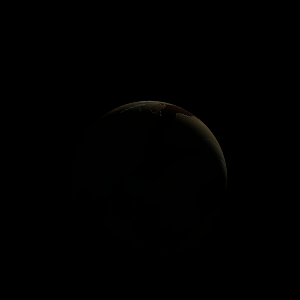|
|
Space Astro
|
Info for exoplanet "Yqas"
| Scientific (actual) data |
|---|
| Name | Lalande 21185 b |
| Planet status | Confirmed |
| Mass sini | 0.00846 |
| Orbital period | 12.94 |
| Semi major axis | 0.0788 |
| Orbit eccentricity | 0.063 |
| Discovered | 2017 |
| Updated | 2024-07-29 |
| Omega | 330 |
| Tperi | 2458620 |
| K | 1.38 |
| Temperature (kelvin) | 370.1 |
| Publication | Published in a refereed paper |
| Detection type | Radial Velocity |
| Mass measurement type | Radial Velocity |
| Alternate names | Gl 411 b, GJ 411 b, HD 95735 |
| Star name | Lalande 21185 |
| Right ascension | 165.83° |
| Declination | 35.97° |
| Star distance | 2.55 |
| Star mass | 0.46 |
| Star radius | 0.393 |
| Star sp type | M1.5V |
| Star temperature | 3828 |
| Star alternate names | Gl 411 |
| Wikipedia article | Lalande 21185 b |
Back
| |
| Fictional info (?) |
|---|
| Suggested name | Yqas |
| Planet type | Terrestrial |
|
| Atmosphere | Carbon monoxide | 40% |
| Nitrogen | 28% |
| Hydrogen | 17% |
| 2H2O | 9.2% |
| Hydrogen chloride | 5.1% |
| Ammonium hydrosulfide (NH4SH) | 0.16% |
| Sulfur dioxide | 0.024% |
| Nitric oxide | 0.019% |
| Atmospheric pressure | 0.07 bar |
 |
| No known satellites |
| Google search for Yqas |
|
Website by Joachim Michaelis
|
|
|
|